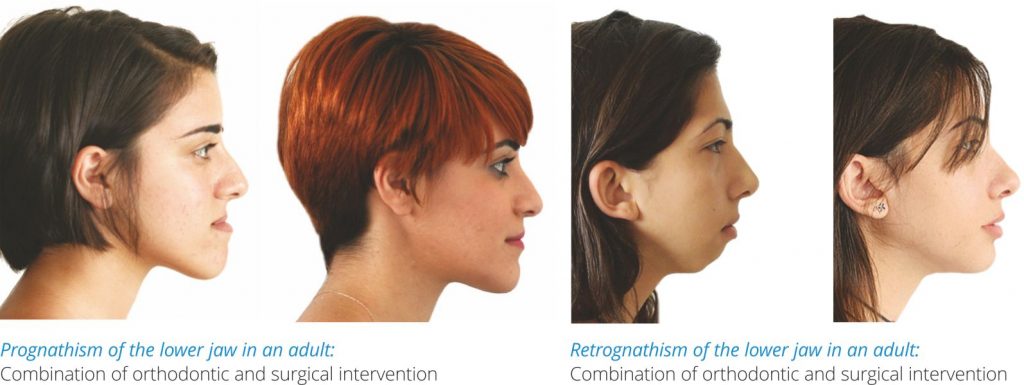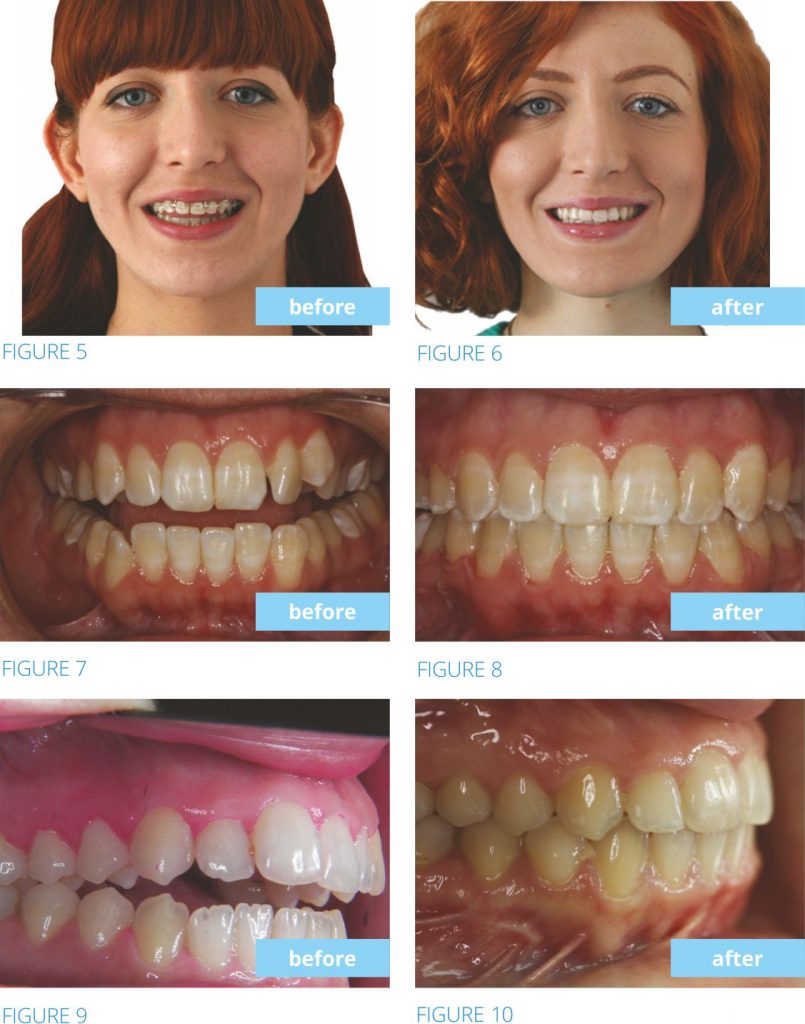Orthognathic Orthodontics
Orthognathic Orthodontics
If the skeletal problems remain untreated at a young age, their correction, after the growth is completed, it might require a combination of surgical intervention and orthodontic treatment, as seen in the photos below.

In our clinic we use the most contemporary and technologically advanced methods for the treatment of the surgical cases. The study of each case , the design of the surgery and the fabrication of the surgical splints are all done computerized with the use of 3D CBCT and 3D models.
Failure to provide treatment for severe skeletal discrepancies at a young age, causes huge stress and a feeling of inferiority in children who have to deal with these esthetic problems. Many times these conditions make the child to become introvert , avoids socializing with others and has a low self-esteem since these deformities often are the cause of bullying from other children.
For all these reasons, you should know that the early diagnosis simplifies the majority of the solutions of these problems since the treatment can be done conservatively, only with orthodontic treatment.
Retrognathism of the lower jaw and sleep apnea:
A new category of medical problems that has recently been recognized in medicine are the breathing disorders during sleep. People who have retrognathism of the lower jaw ,very often present these problems during sleep since the tongue blocks the upper airway thus causing a pattern of breathing disorder which results in bad quality sleep and insufficient oxygenation of the brain.
This problem appears in 10-12% of the children. The symptoms of this condition are : Deficient physical development, lack of concentration, feeling of tiredness and sleepiness during the day, reduced school performance etc. Early diagnosis and orthodontic treatment of these children can solve this problem.
Resolving this type of problem in individuals whose growth has been completed, many times requires surgical intervention.
Skeletal openbite in an adult patient
As you can see in the photographs of this adult in the right column, her teeth do not contact each other anteriorly, only posteriorly.
This condition causes tongue thrusting during swallowing (see figure 5), lisping during speech and a non esthetic appearance.
In the second column we can see the same patient after surgical correction.
Pay attention to the correct occlusion of the teeth at all levels and also the excellent smile and facial esthetics.
Remember that surgical intervention would not be needed if this patient had an early orthodontic intervention as a child.
